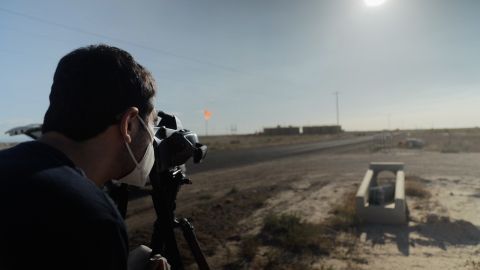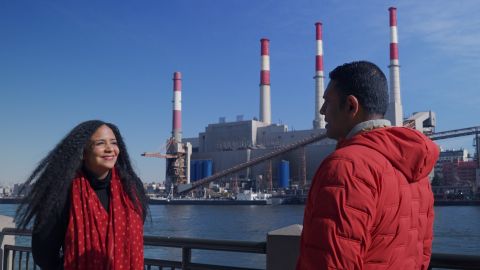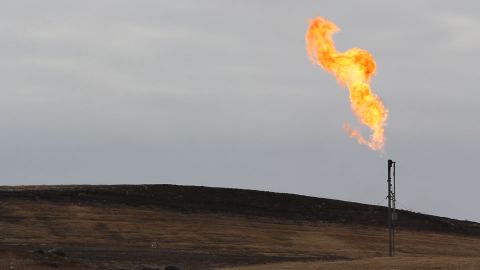To Meet Global Climate Goals, COP27 Must Spotlight Oil and Gas
By Ethan Brown
At the UN’s COP27 climate conference in Sharm El Sheikh, Egypt, world leaders will be presented with a challenging topic — oil and natural gas.
Toward the close of last year’s COP26 conference, China and India forced an edit in the final multilateral agreement, changing the phrase “phase out coal” to “phase down coal.” The change drew ire and disappointment from around the world.
“I apologize for the way this process has unfolded,” said Alok Sharma, President of COP26, as the concluding decision document was finalized. “I am deeply sorry.”
Compared to oil and natural gas, burning coal emits more carbon dioxide. But all three fossil fuels are major contributors to global climate change. China and India made headlines for their slightly weakened coal pledge, but countries such as the United States who rely on oil and gas garnered little to no attention after excluding the words from COP26’s final document altogether.
COP27 may not afford world leaders this luxury.
On May 11, 2022, The Guardian published an investigative report on future planned oil and gas exploration around the world. Specifically, they looked at “carbon bombs” — oil and gas projects that, from start to finish, would emit over one billion tons of carbon dioxide. For context, in 2019, the entire world emitted 59 billion tons of carbon dioxide. The Guardian found in their investigation that the world’s largest oil and gas companies have planned 195 carbon bombs, which together, would emit 646 billion tons of carbon dioxide.
To put that number in further context, seven years ago, world leaders signed the Paris Climate Agreement, which set the goal of limiting global warming to 1.5°C hotter than pre-industrial times by the year 2100. The latest IPCC report found that if the world were to emit 650 billion tons more carbon dioxide total — not just these projects, not just fossil fuels, but in total — there would only remain a 33% chance of keeping global warming under 1.5°C.
“This is one of the big landmark investigations in the history of climate journalism,” said Mark Hertsgaard, Executive Director of Covering Climate Now, in a Twitter Space following the release of the report.
An investigation as historic as this one is bound to come up at COP27 this November. In order to meet the 1.5°C target, world leaders have no choice but to address these carbon bomb projects.
Over a fifth of these carbon bomb emissions are set to come from the United States. Having recently passed the Inflation Reduction Act which invests $369 billion into climate priorities over the next decade, the United States may hope to position themselves as global leaders in climate action. But the U.S. also has several carbon bombs planned from the Permian Basin in West Texas to the Bakken Formation in North Dakota to the Marcellus Shale in the Northeast. Other countries have the opportunity to force the U.S. to confront that reality at COP27.
Another sixth of the carbon bomb emissions are in Saudi Arabia. Home to the world’s largest oil field, the Saudi Arabian government provides the largest fossil fuel subsidies out of any country in the world. In 2020, the Saudi Arabian subsidy for all fossil fuels was $4,550 per person. But Saudi Arabia is also one of the most climate vulnerable nations on Earth. With current trends, experts speculate that Saudi Arabia could be too hot to inhabit by 2070. Saudi Arabian leaders will have to contend with their pressing climate risks as they negotiate with other nations.
The carbon bomb rankings continue with Russia, Qatar, Iraq, Canada, China and Brazil. This list suggests movement on the carbon bomb issue will require cooperation and common ground between many global adversaries. Given the Russian invasion of Ukraine, climate negotiations with Russia may prove to be particularly challenging.
But with each of these countries facing climate vulnerabilities and expressing a desire to meet the Paris Agreement goals, there is plenty of potential for oil and gas to take the stage at COP27. Oil and gas managed to hide from the spotlight last year, but this time, following The Guardian’s landmark investigation, the difficult conversation about these two fossil fuels may finally begin.



